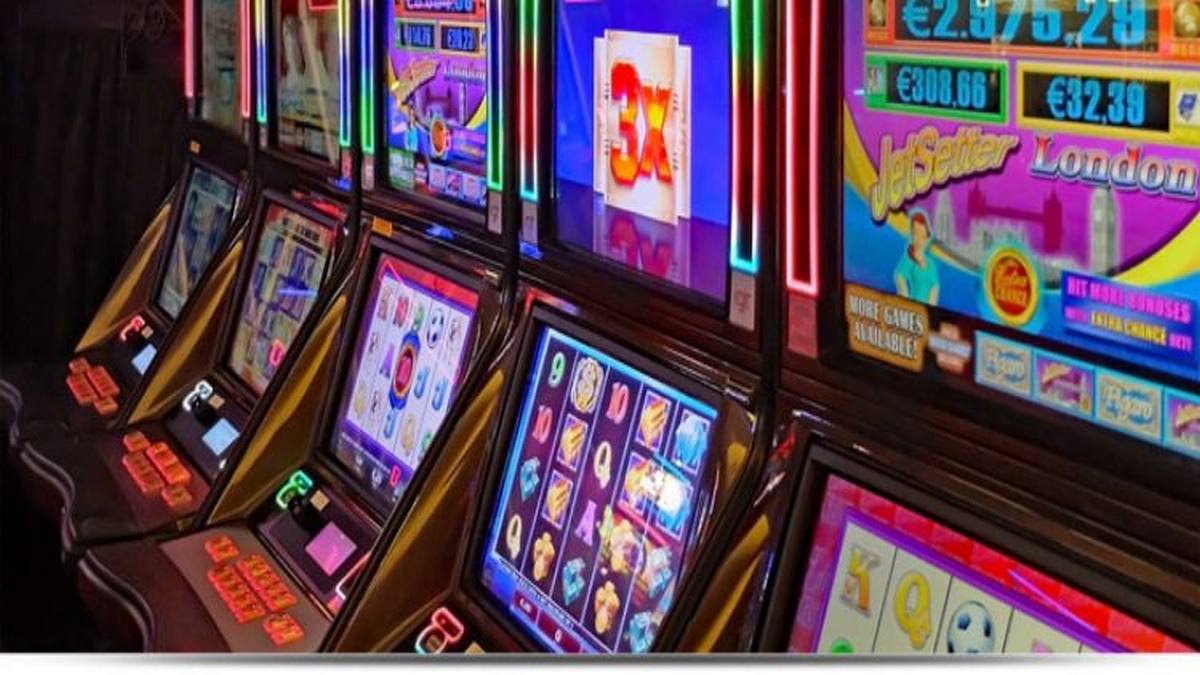For about a week at the beginning of May, Bonfire appeared to be a surefire hit. Its price increased by more than 1,700 percent, and its daily trading volume increased to more than $75 million, prompting its supporters to proclaim that this token was on a collision course with the moon.
Those expectations were quickly dashed to the ground by the harsh realities of life. In less than two months, the value of Bonfire has plummeted by more than 90 percent. The daily trading volume is frequently less than $500,000, and the majority of the company’s enthusiastic supporters have moved on.
The story of Bonfire is a well-known one, and it contains some valuable lessons that can be applied when deciding which cryptocurrency to purchase.
What exactly is a bonfire?
Bonfire is a cryptocurrency token that was first issued on April 18, 2021, and is currently in circulation. “It’s a frictionless, yield-generating contract that allows the user to seek refuge in an uncertain market,” according to the whitepaper.
Despite being overly complicated and vague, this description succeeds in being both. However, the truth is that Bonfire is no more than a cryptocurrency like any other, except for two notable features that it borrowed from tokens that were currently popular:
• Static rewards: A ten percent fee is applied to every Bonfire transaction. As a thank you for participating, half of the fee is distributed to all Bonfire participants. The remaining half is allocated to a liquidity pool, a collection of cryptocurrency funds that facilitates trading.
The Bonfire team can manually burn (destroy) tokens whenever they wish to reduce the supply. Bonfire’s initial supply was 1 quadrillion tokens, and so far, 40 percent of that total has been consumed.
Both of these features were made popular by Safe moon, a cryptocurrency that launched in March and has since gained widespread adoption. Following Safe moon’s initial success, a slew of new cryptocurrencies was launched with the same gimmicks.
The static rewards are intended to incentivize the holding of Bonfires, and the manual burns are intended to increase demand for them. The price chart for Bonfire demonstrates that neither of these has been successful.
Why the Bonfire of the Vanities was a bad bet
The problem with Bonfire and other similar cryptocurrencies is that they don’t provide anything truly unique. Its sole purpose is to drive up the price of goods and services.
Take, for example, the Bonfire whitepaper. The following is how the “Why Bonfire?” section begins: “Bonfire is distinct from the rest of the De-Fi crowd in that it has a dedicated team working full time to develop a fully-fledged ecosystem of applications that revolve around the token.”
That’s a generic description that could be applied to virtually any new cryptographic project in the future. In the same way, someone who describes themselves as “hardworking” on their resume.
Because there is nothing particularly noteworthy about Bonfire, its popularity is dependent on it. Bonfire’s subreddit even has a pinned post titled “Do Your Chores!” that encourages people to get their chores done. It consists of nine tasks that Bonfire supporters must complete every day to increase the popularity of the token, including:
• Look for the term “Bonfire” on search engines such as Google, Bing, and Yahoo.
• On YouTube, look for the terms “Bonfire” and “Buy Bonfire.”
• Support it by voting for it on CoinMarketCap and CoinGecko.
• Make a Twitter post about it.
The rise and fall of a bonfire
The Bonfire followed a pattern that was familiar to many dubious cryptocurrencies. The following is a synopsis of what transpired:
• There wasn’t a lot of activity in the first couple of weeks. On May 3, the price of the cryptocurrency opened at $0.000000047174. However, it was beginning to attract people’s attention.
• By the end of the day, the price had increased by more than 100%.
• During the early morning hours of May 10, it reached an all-time high of $0.000000886399, representing a 1,779 percent increase in just one week.
By the end of the day, it had lost a third of its value, indicating that the high had been short-lived.
According to the most recent available data, the price is $0.000000066780, a decrease of more than 90% from its all-time high.
Technically, the token is still functional. It’s available on PancakeSwap, a popular platform for newly launched projects that aren’t yet large enough to be traded on larger exchanges like Bitcoin. None of the major cryptocurrency exchanges have listed it, and it is unlikely that they will do so in the future.
If you’re wondering if Bonfire will be around in the future, the answer is “probably not.” It has already failed to adhere to the plan it had laid out. The launch of a Bonfire app and the holding of weekly AMAs are all planned for the second quarter of 2021. (an acronym for “ask me everything,” meaning a chance for people to ask the Bonfire team queries). There is currently no app, and while there have been a few AMAs here and there, they have not been held every week.
There are some ardent supporters in the Bonfire subreddit, but a user named Ao n may have summed it up best by comparing them to “the guys who continue to play music while the Titanic is filling with
water.” The moderators quickly removed that post, as they appear to do with any negative comments about Bonfire in general.
Be cautious when making cryptocurrency investments.
This year, cryptocurrency has seen a significant increase in popularity. Many new tokens have been created as a result of the ease with which they can be created by anyone, anywhere. The teams behind them typically spam social media with outlandish claims to attract as many buyers as possible to their products.
Because these unproven cryptocurrencies have no track record, you will end up losing money unless you manage to get in at the right time and sell before the price plummets. The best course of action is to avoid projects like this entirely. Some red flags to be on the lookout for include the following.
The token’s price is only one-hundredth of a cent.
• There is a massive supply of tokens, in the billions, quadrillions, or hundreds of trillions of tokens, for example.
• There is a transaction fee of 10%, with half of the fee being distributed to existing holders of the token.
• People are exciting the token on Twitter, Reddit, YouTube, or similar sites and talking about how the price will increase.
Bonfire is an example of a cryptocurrency that achieved early success before plummeting off a cliff in the cryptocurrency world. EthereumMax and Baby DogeCoin, to name a couple of recent examples, are two more of these types of tokens constantly being introduced. It’s critical to understand how to identify these types of tokens to avoid wasting your money on a bad investment.
Purchase and sell cryptocurrency on an exchange that has been hand-picked by industry experts.
There are hundreds of platforms worldwide that are ready to provide you with access to thousands of cryptocurrencies at your fingertips. And, to find the one that’s right for you, you’ll need to decide which characteristics are most important to you.
To assist you in getting started, our independent experts have sifted through the options to bring you a list of some of the best cryptocurrency exchanges available in 2021. Check out the list below and get started on your cryptocurrency adventure right away.
Cryptocurrency News and Information
Keep up with the latest price movements in popular cryptocurrencies such as Bitcoin and Ethereum, as well as cryptocurrency news about exchanges, miners, and hardware/software developers, among other things. We also cover regulatory developments and the most recent information on cryptocurrency exchange-traded funds (ETFs).










